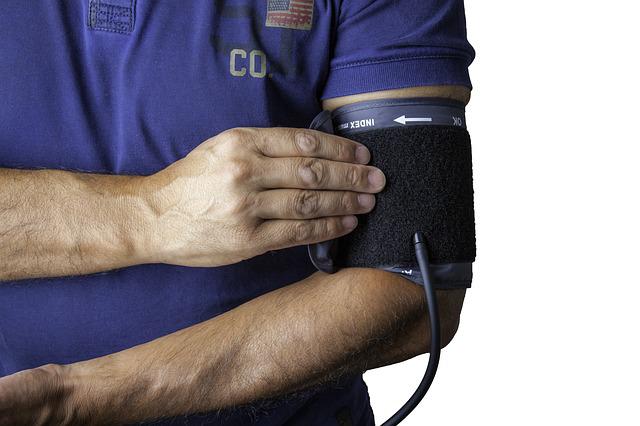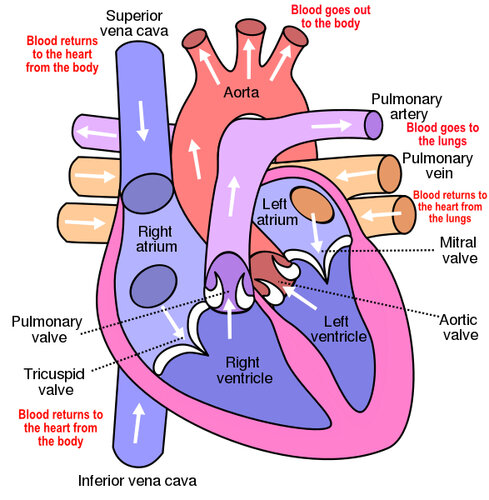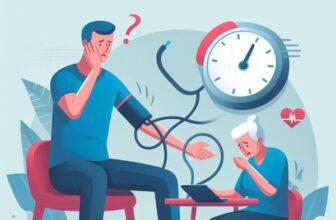
(Note: Some of the links in this post are affiliate links, and we will be compensated when you make a purchase by clicking through our links at no additional cost to you.)
Your Heart’s Function
Your heart is a muscle about the size of your fist. It is located in the middle of your chest. Like all muscles, it has work to do. The heart beats, or contracts and relaxes. As it beats, it forces blood through the heart into the lungs to pick up oxygen. From here, the blood returns to the heart and pumped into the rest of the body through blood vessels. Arteries and capillaries carry blood rich in oxygen and nutrients to every cell in your body. Once the oxygen and nutrients are pulled into the cells, the veins carry the blood back to the heart, for another trip to the lungs. This cycle repeats itself several times every minute of the day, through your entire life.

To do its work, your heart must beat (contract and relax) 60 to 90 times a minute. When your heart is healthy, it can pump 1.25 gallons (5 liters) of blood every minute of your life. When it is injured or tired, the heart can not keep up with the needs of the body.
Blood pressure (BP) is the force that blood moving through the arteries puts on the artery walls or in other words how hard the heart pushes blood against the artery wall as it moves blood through the body. When the pressure is too high, it can damage the artery walls and reduce blood flow to body tissues. This is called high blood pressure (HBP) or hypertension (HTN).
High blood pressure is sneaky. You can have it and not know it. That’s why it is often called “the silent killer.” Most of the time, high blood pressure can’t be cured. However, it can be controlled or lowered withe the right treatment.
>>> Discover The Most Accurate Blood Pressure Monitor For Home Use
Normal Blood Pressure and Where Your Blood Pressure Should Be?
As the heart pumps blood or contracts, the pressure on the artery walls is at its highest. This peak pressure is called the systolic pressure. When the heart is at rest, or between beats, the arteries are more relaxed as the blood flows to all parts of the body. This relaxed pressure is called the diastolic pressure.
Blood pressure is recorded with a set of 2 numbers such as 120/80 (120 over 80). It’s measured in millimeters of mercury (mm Hg). The top number (120) is the systolic pressure, and the bottom number (80) is the diastolic pressure. The top number is always the highest.
For most adults the American Heart Association defines normal blood pressure as less than 120 mm Hg systolic pressure and a diastolic pressure of less than 80 mm Hg or less than 120/80.
Your primary care physician or cardiologist will tell you in what range your blood pressure should be. Be sure to use a blood pressure log to keep track of your blood pressure.
The only true way of ascertaining whether you have high blood pressure or not is by having it checked or monitored regularly using a home blood pressure monitor and tracking it with a blood pressure log. This is a painless procedure, and every adult should have their blood pressure checked regularly since your blood pressure can change over time. This way you are more likely to catch a change before it becomes dangerous. Ask your health care provider how often you need to check it.






